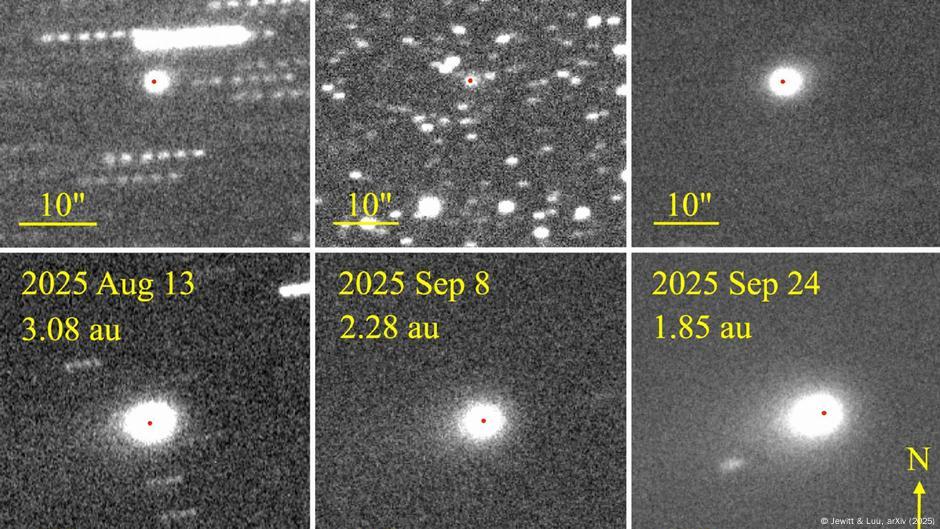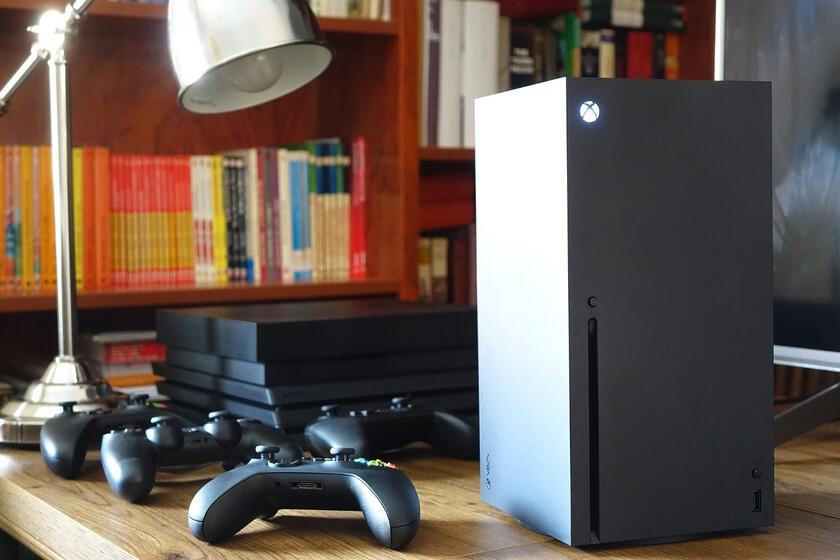That was discovered in July, 3I / Atlas holds the whole world.Now, his unusual "behavior" adds a new layer of mystery to this interstellar visitor.
Interstellar Comet 3i/Atlas Returns Strange Tail
October 24, 2025 Comet 3I/ATLAS, the third interstellar traveler detected in our solar system, surprises astronomers with its unusual behavior and variable characteristics that may indicate early material in interstellar space.
Discovered on July 1, 2025 by the Asteroid Terrestrial Multiple Impact Alert System (ATLUAMAS).
Since its discovery, the astronomical community has followed its trajectory with a mixture of enthusiasm and caution. Telescopes around the world have captured detailed images of the phenomenon.
The antimystery of the Countersellar Cotet
Among the many clusters presented by CETE, one has special conditions: Appearance ", which "upside down" seems to be expected for the sun.
Under normal conditions, according to live science, the tail of a comet is formed when heated by the sun: gases and dust break off from its surface and are pushed by the solar wind in the opposite direction to the star.
But 3i / Atlas does not match the sun in July, August and August.
As the European space agency (Esa) explained on its website, this phenomenon can be fine, in this case, the orientation appears real, as Ali Lano explains in the first article in September. The definition of such reality, "he noted, will not be caused by the shape of the earth.
However, not everyone agrees that this phenomenon has not been seen before. For example, according to IFL science, Astronomer Jason remembers that the same antitolis has been noticed since 1974, as in the case of BOOOHOKEK.
And there are obvious reasons for this: the largest fragments obtained from the nucleus do not respond immediately to the solar wind, but instead are distributed throughout the general cycle, before and after it.
Transformation observed: from anti-queue to traditional queue
Rare or not, the 3I/ATLAS anti-tail underwent a major makeover in September, new images reveal.
This phenomenon, documented in a recent preliminary study by astronomers David Jewitt and Jane Luu, which has not yet been peer-reviewed, shows how the object evolved: it evolved from displaying a tail pointing toward the Sun to developing a more conventional tail that projects in the opposite direction from our star.
This change is key to understanding the composition and evolution of objects.James WebB Space Space, carbon depropy, the main driver of carbon activity Commary activity is cream and particles.
In this context, observations on August 2 reinforce the natural nature of the twin telescopes.
As astrophysicist Miquel Serra-Ricart explained to Live Science, this is "normal": the jets usually point in the opposite direction to the Sun and the tail.The same phenomenon was observed previously, for example on comet NEOWISE in 2020.
Mass loss and approach to perihelion
When 3i / atlas approaches his perihelion (trading point to the sun on 29 October), scientists are preparing to analyze its evolution.
Between July and October, the comet loses about 2 million tons of mass, which is only a small fraction, which means only a small fraction, which means only a small fraction, which is more than 33 billion tons, which is more than 33 billion tons, was calculated, LEEB and partners.
Natural Comet or Extraterrestrial Spacecraft: The Debate continues
Of course, when it comes to AVI Loweb, the consistency proposition is not innocent.An Astrophysicist known for his theory of OnoThodox, if there is a type of anticologne, the transition to the traditional tail can be technological, that is, there can be evidence of a ship.
Adam Hibberd even suggested that this could indicate that the object is about to enter the pointless tree between Mars and Jupiter.
But as was the case with 'Oumuamua, the vast majority of astronomers insist that 3I/ATLAS is a natural comet.Available observations, including those made from Mars by the HiRISE camera on October 2 (not yet published), may further clarify its nature when published.
When the comet reappears in the sky in November and approaches Earth in December, telescopes will be pointed at it again.The new observations could therefore provide additional data and open a new chapter in the story of this mysterious visitor from deep space.
Compiled by Felipe Espinosa Wang with input from Live Science, IFL Science and ESA.








